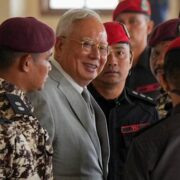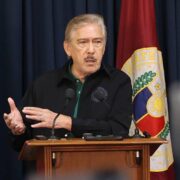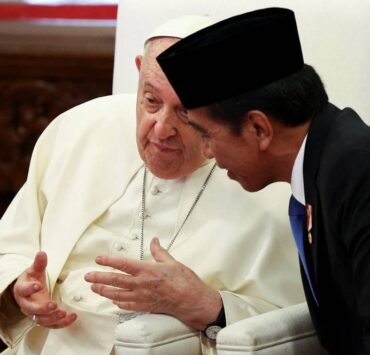Fighting fake news in the media

“[Truth] is not always the most viral, but it remains to be the best story to tell.”
This statement, by GMA Network chair Felipe Gozon, sums up the vision of a landmark coalition of major media organizations and academic institutions launched last week, to combat fake news and disinformation as the 2025 midterm elections draw closer.
Around 60 partners signed up for the GMA Network-led “Panata Kontra Fake News” (Pledge Against Fake News), including the Philippine Daily Inquirer (PDI) and several print, broadcast, and online news organizations. GMA Network and PDI are the most trusted media brands in the country, according to the 2024 Reuters Digital News Report which tracks the media landscape and the latest trends in media consumption across the world.
The proliferation of fake news and disinformation in a social media-crazy country like the Philippines has been an ongoing concern, but more so as we brace for the midterm elections next year which are expected to heighten partisan tensions among allies of the country’s warring powerful leaders.
Serious concern
This difficulty becomes even harder as most Filipinos access their news from online and social media platforms, not all of which are necessarily produced by professional media organizations trained and skilled in verifying, analyzing, and contextualizing information and critical issues affecting public interest.
Lonely voice
Without a shift in people’s discernment and behavior, such campaign against fake news will remain a lonely voice in the (social media) wilderness. It is thus noteworthy that GMA Network vowed to offer content that will educate the public about fake news and how to fight it. The rallying cry “Magkaisa tayong labanan ang fake (Let us be united in fighting fake news)” comes as a timely call for collective action.
On top of indifferent social media platforms comes now the proliferation of artificial intelligence (AI)-enabled disinformation, such as deepfake or manipulated videos, a bigger concern among netizens who may not be tech-savvy enough to discern such sophistry.
Ambitious proposal
Deepfakes have included a manipulated video of Harris shared by no less than X’s owner Elon Musk to his more than 196 million followers.
Aware of the possible use of deepfakes in the coming 2025 polls, Comelec’s Garcia has proposed a ban on the use of AI technology by candidates in their election campaign.
While some sectors have warned that the Comelec proposal could infringe on freedom of expression, others have wondered how the election body could prohibit the use of such tech-driven content. Garcia remains unfazed, with the Comelec expected to release guidelines on this ambitious proposal soon, including the penalty of disqualification for candidates violating the ban.
But no matter how difficult and challenging, these efforts by the Comelec and members of the Panata Laban sa Fake News alliance must be pursued vigorously to protect the integrity and necessity of truthful discourse in these polarized times.
Ultimately, the success of this fight lies in the hands of the public who choose what information they want, and where to get them. Advocates of truth can only hope that they would choose to be enlightened.

















